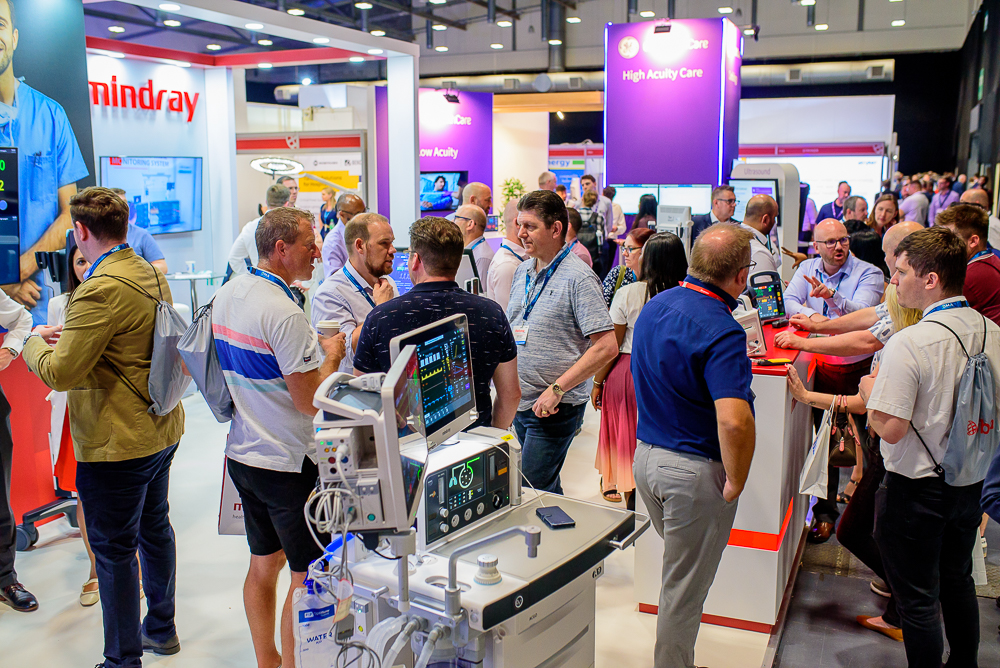OCTOBER 1, 2024
Theatres, Surgery, and Perioperative Care: A Guide to Clinical and Operational Improvement

Optimising productivity in theatres requires actions both before and after surgery. The inefficiencies identified before COVID-19 were exacerbated during the pandemic. To boost theatre efficiency, hospitals must reassess and reset their surgical pathways and processes, while maintaining the ability to teach and train. This is key to maximising the use of available staff and theatre sessions, creating a strong foundation for future growth in facility usage.
Improving theatre productivity is a collective responsibility that involves the entire surgical and perioperative teams. It should not be left solely to the theatre staff. Successful enhancements require collaboration across departments, ensuring that clinical ownership and executive support are aligned. The goal is to maximise patient outcomes within existing resources while ensuring safety and boosting staff morale.
Key Points for Theatre Productivity and Efficiency:
1. Team Collaboration: Productivity improvements demand the involvement of clinical, operational, and theatre teams. All elements of the surgical pathway, from preparation to recovery, should contribute to overall service value.
2. Standardised Processes: Implementing clear processes for theatre preparation helps reduce delays and ensures timely starts, which are crucial for maintaining daily productivity. Stock replenishment and preparation of drugs and fluids should be completed after each session, and night teams (where applicable) should set up equipment for the next day’s surgeries.
3. Equipment Management: Ensuring equipment availability and staff training, particularly for specialised tools, is critical. Morning checks should confirm all necessary equipment, such as operating tables, positioning aids, and anaesthetic tools, are ready.
4. Effective Communication: Seamless theatre flow depends on clear communication across the entire team. Systems should be in place to ensure all involved parties are aware of patient details, procedures, equipment needs, and scheduled timings.
5. Staff Training & Retention: Continuous recruitment and training, especially in the use of specialised equipment, are vital to maintaining an efficient theatre operation.
To access the full guide, visit Theatres, Surgery, and Perioperative Care: Clinical and Operational Improvement.
By following these guidelines, hospitals can enhance theatre productivity, ensure safety, and provide better outcomes for patients, while fostering a more engaged and motivated workforce.